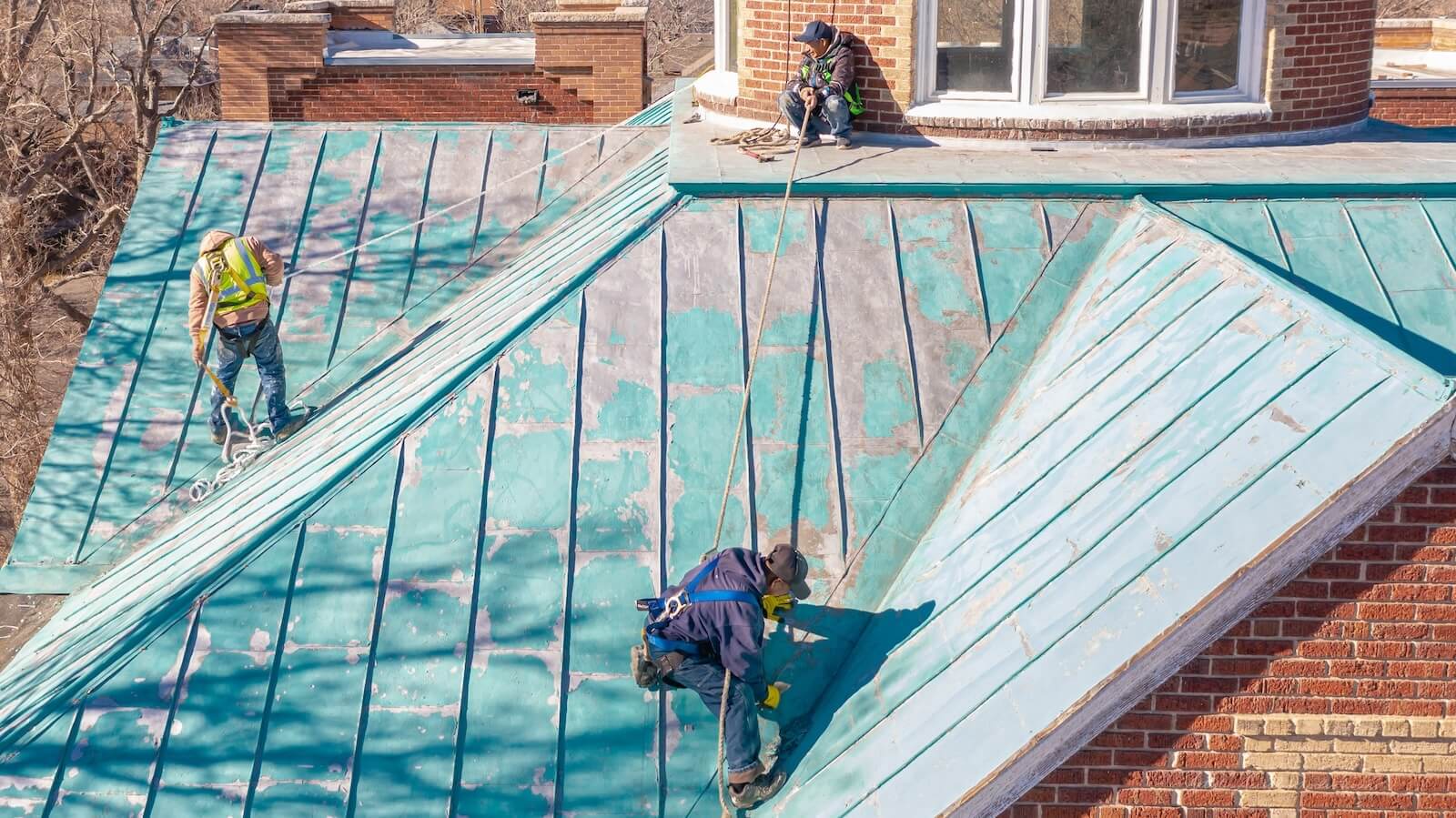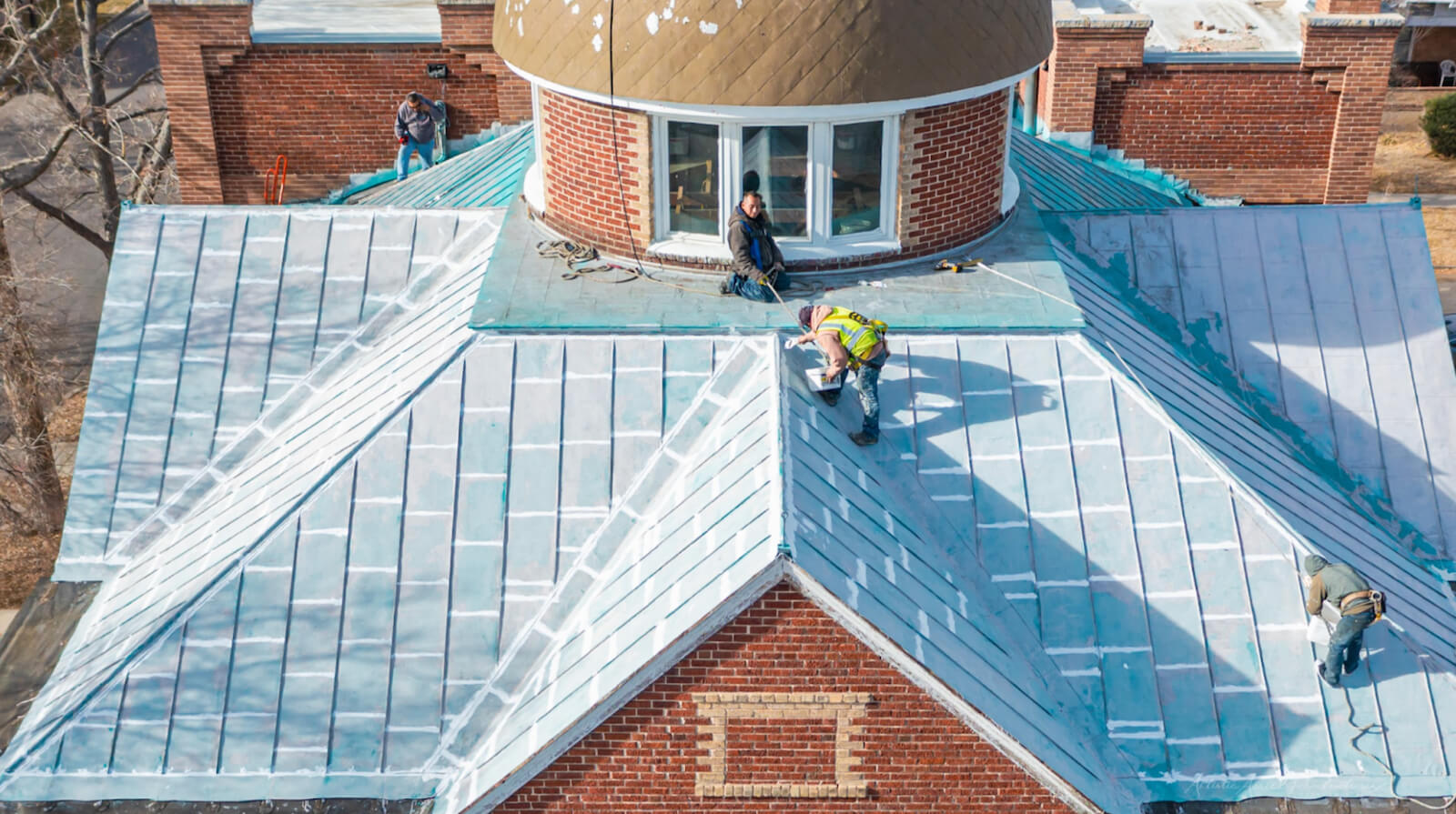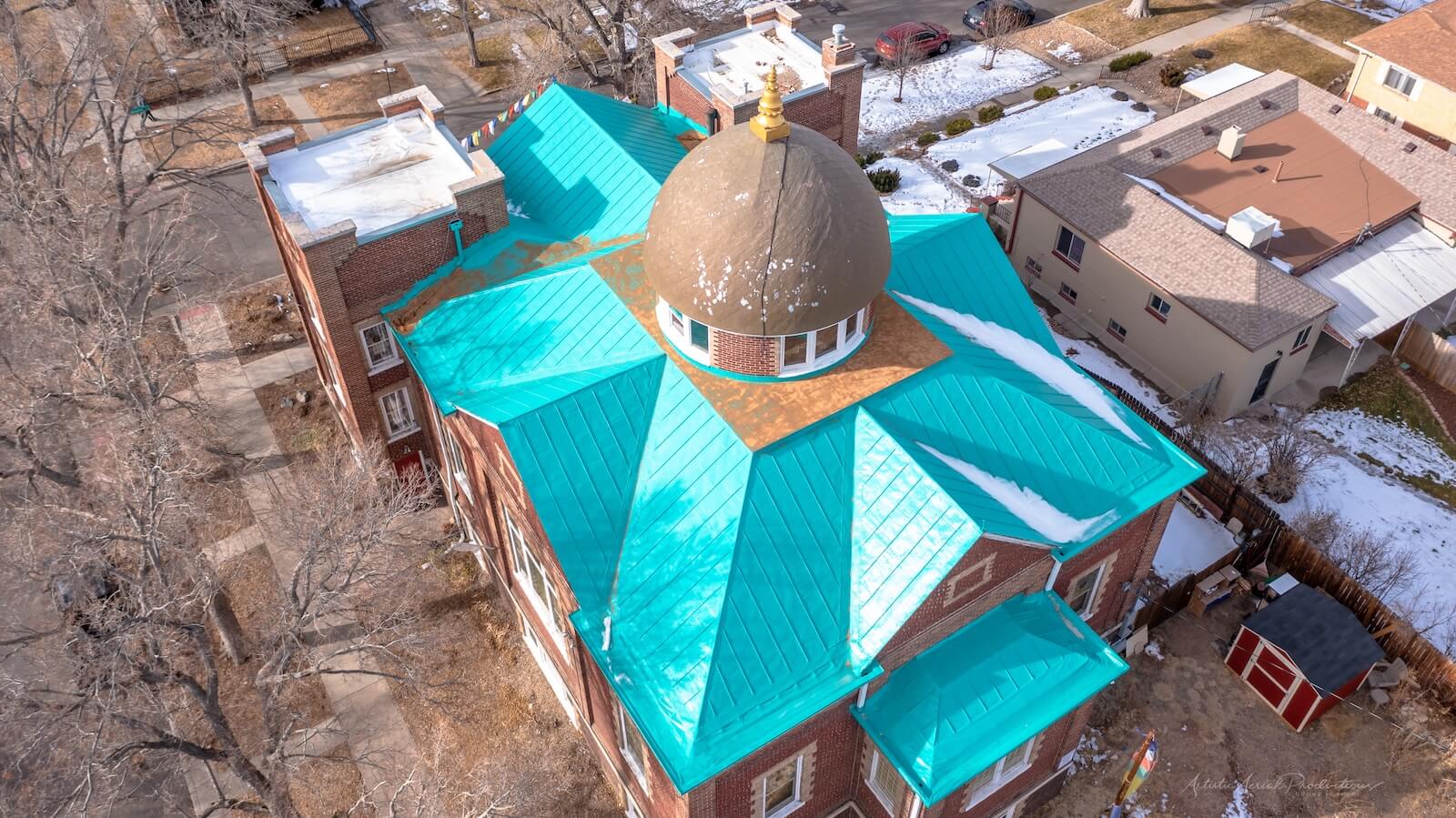Metal roofs are known for their durability, longevity, and energy efficiency. However, over time, even the strongest metal roofs can experience wear and tear due to harsh weather, UV exposure, and temperature fluctuations. Applying a protective metal roof coating is one of the best ways to extend the lifespan of a metal roof, prevent corrosion, and improve energy efficiency. But with several coating options available, how do you determine the best one for your roof?
In this guide, we’ll explore the different types of metal roof coatings, their benefits, and which one may be the best choice for your specific needs.
Why Coat a Metal Roof?
Before diving into specific coatings, it’s important to understand why metal roofs benefit from coatings in the first place.
- Prevents Rust and Corrosion – Metal is prone to rust when exposed to moisture and oxygen. A protective coating seals the roof, preventing rust and corrosion from compromising its structural integrity.
- Extends Roof Life – Coatings can add years — even decades — to a metal roof’s lifespan, reducing the need for costly replacements.
- Improves Energy Efficiency – Reflective coatings help reduce heat absorption, keeping buildings cooler and lowering energy costs.
- Minimizes Maintenance Costs – Coatings provide an additional layer of protection, reducing the frequency and cost of repairs.
- Enhances Waterproofing – Some coatings are highly resistant to water penetration, making them ideal for areas prone to heavy rain or ponding water.
Types of Metal Roof Coatings
There are several different coatings available, each offering unique benefits. The best choice depends on factors such as climate, roof condition, and desired performance.
1. Silicone Roof Coatings
Best for: Extreme weather protection, ponding water resistance
Silicone coatings are among the most popular choices for metal roofs due to their durability and water-resistant properties. This type of coating forms a seamless, flexible membrane that can withstand extreme temperatures and UV exposure.
Advantages:
- Highly resistant to UV rays, preventing degradation over time
- Excellent waterproofing capabilities, making it ideal for areas with heavy rainfall
- Maintains flexibility, allowing it to expand and contract with temperature changes
- Long lifespan with minimal maintenance requirements
Disadvantages:
- Can be more expensive than other coating options
- Attracts dirt and may require periodic cleaning to maintain reflectivity
2. Acrylic (Elastomeric) Roof Coatings
Best for: Reflectivity and energy efficiency
Acrylic coatings, often referred to as elastomeric coatings, are water-based solutions that provide a reflective, UV-resistant barrier for metal roofs. These coatings help regulate roof temperature, reducing heat absorption and cooling costs.
Advantages:
- High solar reflectivity, reducing cooling costs, and improving energy efficiency
- Cost-effective compared to silicone or polyurethane coatings
- Easy to apply and maintain
- Environmentally friendly, with low VOC (volatile organic compound) content
Disadvantages:
- Less resistant to ponding water, making it unsuitable for flat roofs
- May require multiple coats for optimal performance
- Can wear down faster in harsh weather conditions
3. Polyurea Roof Coatings
Best for: High-impact and chemical resistance
Polyurea coatings are known for their superior strength and resistance to physical damage. They are often used in industrial and commercial applications where a roof is exposed to chemicals, heavy foot traffic, or extreme weather.
Advantages:
- Exceptional durability and resistance to abrasions, impacts, and chemicals
- Fast curing time, allowing for quicker application and project completion
- Can be applied in varying temperatures and weather conditions
- Excellent adhesion to metal surfaces
Disadvantages:
- Requires specialized equipment and professional application
- More expensive than acrylic and silicone coatings
- Limited flexibility compared to silicone
4. Urethane (Polyurethane) Roof Coatings
Best for: High-traffic areas and impact resistance
Urethane coatings provide strong adhesion and flexibility, making them a great choice for metal roofs that experience frequent foot traffic or physical impact.
Advantages:
- Excellent resistance to impact and foot traffic
- High flexibility, preventing cracks or splits in fluctuating temperatures
- Good waterproofing capabilities
- Adheres well to a variety of surfaces, including metal
Disadvantages:
- More expensive than acrylic coatings
- Requires precise application to ensure durability
- Can release stronger odors due to chemical composition
Which Metal Roof Coating is Right for You?
Choosing the best coating depends on several factors, including climate, roof condition, and budget. Here’s a quick breakdown of which coating might work best for different scenarios:
- For maximum waterproofing: Silicone coatings are the best choice, especially in areas with frequent rain or ponding water.
- For energy efficiency: Acrylic (elastomeric) coatings offer high reflectivity, reducing heat absorption and lowering cooling costs.
- For industrial settings: Polyurea coatings provide excellent resistance to chemicals and heavy use.
- For roofs with high foot traffic: Urethane coatings are impact-resistant and highly durable.
Application Process: What to Expect
Regardless of which coating you choose, proper application is key to ensuring long-lasting performance. Here’s what a typical roof-coating process looks like:
- Roof Inspection – A professional will assess the roof’s current condition, checking for rust, leaks, and damage.
- Cleaning and Preparation – The roof must be cleaned thoroughly to remove dirt, debris, and oxidation. In some cases, a primer may be needed.
- Repairing Existing Damage – Any rust spots, cracks, or weak points should be repaired before applying the coating.
- Application of Coating – The selected coating is applied using a spray, roller, or brush. Some coatings may require multiple layers for optimal performance.
- Final Inspection and Curing – After application, the coating needs time to cure and adhere properly. A final inspection ensures a seamless, durable finish.
Protect Your Denver Metal Roofing
Applying a roof coating is one of the best ways to protect, extend, and improve a metal roof’s performance. Whether you’re looking to improve energy efficiency, prevent leaks, or simply add years to your roof’s life, the right coating can make all the difference.
For Denver-area property owners, professional roof coating services can help ensure the job is done right. If you’re considering a coating for your metal roof, contact us for a free inspection and expert guidance on the best solution for your needs.




